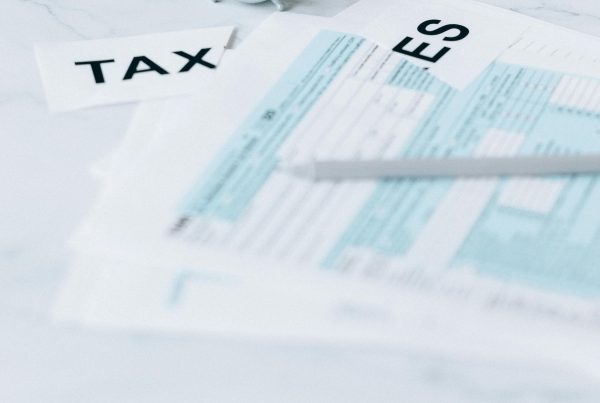Take Care With Small Business CGT Concessions
Recently, the ATO has noticed that some larger and wealthier businesses have mistakenly claimed small business capital gains tax (CGT) concessions when they weren’t entitled. By incorrectly applying the concessions, these businesses were able to either reduce or completely eliminate their capital gains. The ATO has urged all taxpayers that have applied the small business CGT concessions to check their eligibility. Primarily, this means that the business should meet the definition of a CGT small business entity or pass the maximum net asset value test.
Australia’s tax law provides four concessions to enable eligible small businesses to eliminate or at least reduce the capital gain on a CGT asset, provided certain conditions are met.
To be eligible to apply these CGT concessions, the business must have a maximum net asset value (ie the net value of assets owned by the business and related entities) of less than $6 million. Failing that, the business must qualify as a “CGT small business entity”. That is, it must be carrying on a business, and have an aggregate turnover of less than $2 million.
In addition, the CGT asset that gives rise to the gain must be an active asset, which just means it is an asset used in carrying on a business by either you or a related entity. It should be noted that shares in a company or trust interests in a trust can qualify as active assets although additional conditions may apply.
Once the basic conditions are satisfied, your small business can choose to apply one or all of the four CGT concessions provided the additional conditions to each concession is also met. Meeting all the conditions means that the concessions can be applied one after another, in some cases eliminating the entire capital gain. The concessions are as follows:
- 15-year exemption: The business may be entitled to a total exemption on a capital gain if the asset has been continuously owned for at least 15 years up to the time of the CGT event. Or, in cases where the CGT asset is a share or trust interest, the company or trust must have a “significant individual” for at least 15 years. For individuals (ie sole trader businesses), there is an additional condition that they must be at least 55 years of age and that the CGT event occurs due to either retirement or incapacitation.
- 50% active asset reduction: The business may be entitled to an automatic 50% reduction of a capital gain made on the disposal of an active asset if the basic conditions are satisfied, and the asset does not have to held for more than 12 months.
- Retirement exemption: A business that is an individual, a company or a trust may be able to choose to disregard all or part of a capital gain made from a CGT event, up to a lifetime limit of $500,000. Note, there is no age limit on using this concession, nor is there any requirement to retire, even though it is called the “retirement” exemption. However, individuals aged under 55 who apply this exemption must roll over the exempt amount to a complying superannuation fund.
- Rollover concession: A business can choose to roll over all or part of the capital gain and then acquire a replacement asset if the basic conditions are met. In the event that a replacement asset is not acquired within the required timeframe, the rolled-over capital gain will be reinstated.
The 15-year exemption takes precedence over the other concessions listed and is applied without first having to use prior year capital losses. If the 15-year exemption cannot be applied, then depending on the circumstances of the capital gain, the other concessions can be used in any order to reduce the amount of tax payable.
Important: Clients should not act solely on the basis of the material contained here. Items herein are general comments only and do not constitute or convey advice per se. Also, changes in legislation may occur quickly. We, therefore, recommend that our formal advice be sought before acting in any of the areas.



